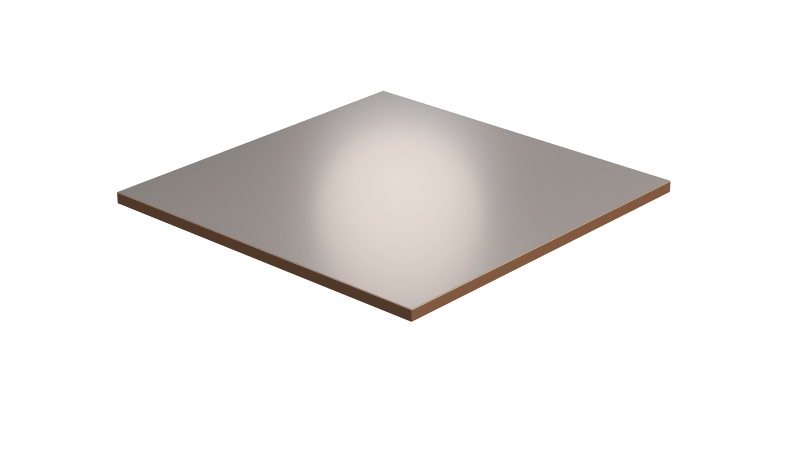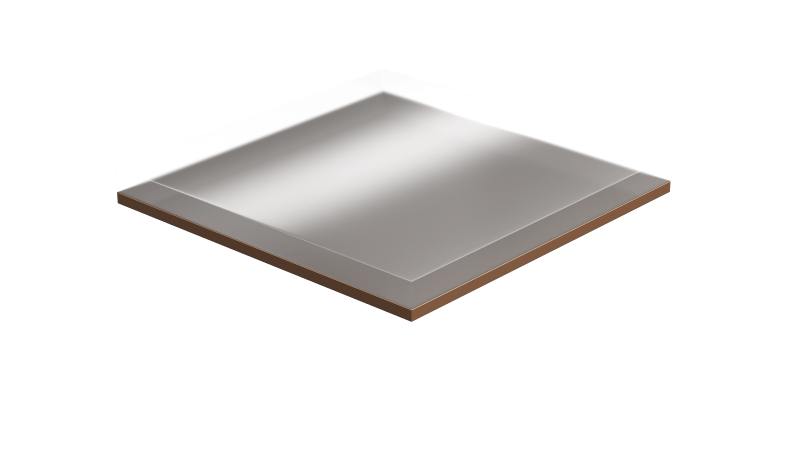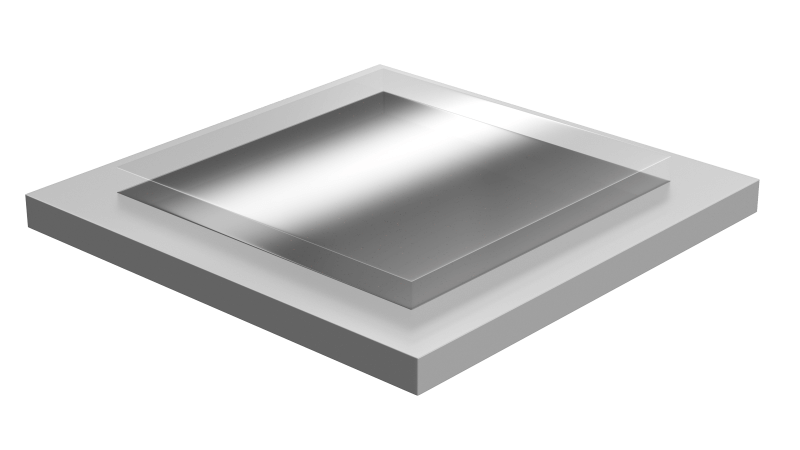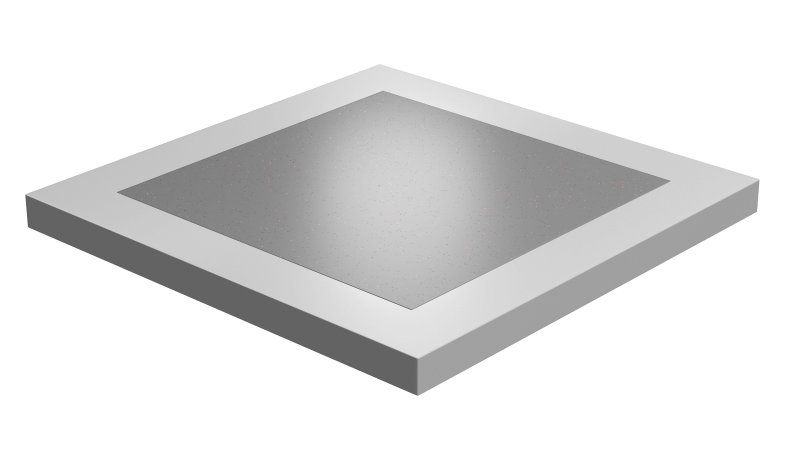The wonder material
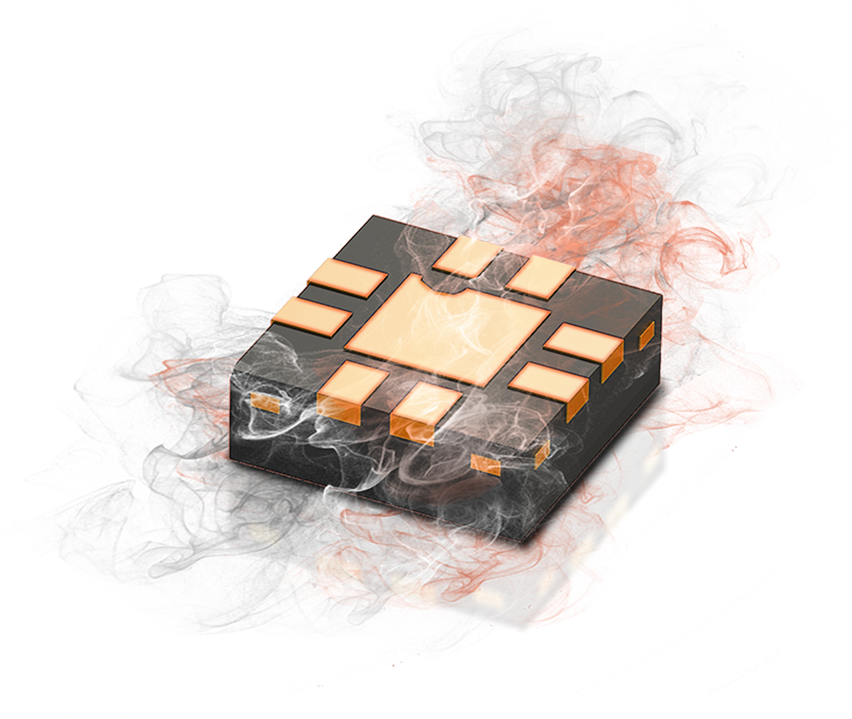
What is graphene?
It has been one of the most exciting materials in recent years for a wide variety of industries ranging from electronics, energy, medicine, sensors and many more. It has been referred to as a wonder material due to its incredible mechanical strength, lightness, flexiblity, optical transparency and impressive semiconductor properties (of both electricity and heat).
Production methods have previously impeded the commercialisation of graphene, but Paragraf’s novel technique will be able to change this.
The new
beginning
with high-purity 2D graphene
at wafer scale

At Paragraf, we have developed a proprietary contamination free process using MOCVD (Metal organic chemical vapour deposition – a variant of CVD) to produce high-purity 2D graphene at wafer scale for the first time. This significant breakthrough delivers a high-performance graphene that is compatible with today’s production techniques and is importantly, commercially scalable. A true game changer.
Our patented process
enables high-purity 2D graphene to be produced in a uniform layer directly onto the semiconductor-compatible substrate, eliminating the issues seen with previous techniques.
This means our high-purity 2D graphene is
- Free of residual metal atom contaminants
- Has high material uniformity
- Produced highly reproducibly at scale
- Directly made on commercial substrates used in electronic devices
Now, graphene has real potential to enhance or even directly replace standard materials in many electronic devices, moving us to a future where graphene products are mainstream.
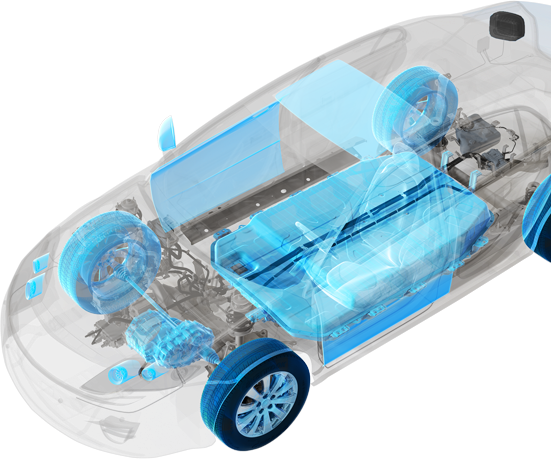
Graphene’s potential realised by Paragraf
Paragraf’s patented manufacturing process (using MOCVD) enables the production of high-purity 2D graphene which is/has
Let’s work together
At Paragraf we believe in collaborating with our customers to achieve the best outcomes with our graphene-based technologies and devices.
Please get in contact…









